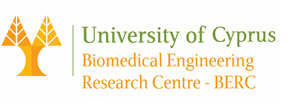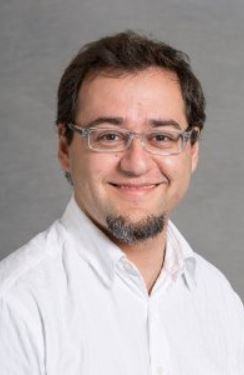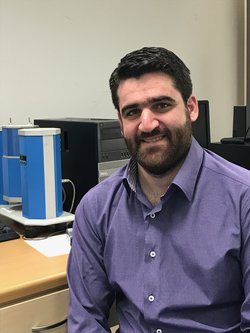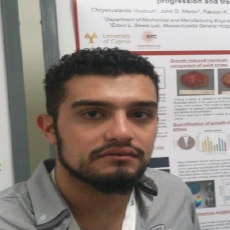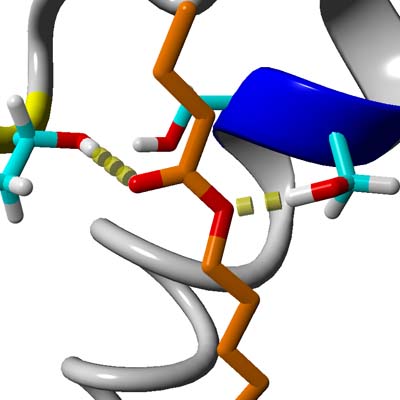 In-silico Modelling – (Lead: UCY): Precision medicine requires the collection of a large number of patient data taken from different time and spatial scales and tools that utilize these data to make predictions for parameters such as the patient-specific progression of a disease, the response to treatment, the management and decision making of life-threatening conditions. Importantly, the data have to be analysed quickly and the predictions to be accurate enough to be trusted and employed by medical doctors for the benefit of the patient. Recent advances in mathematical modelling and simulations have managed to analyse complex diseases deriving information from subcellular, cellular, organ and whole body scales and providing new insights into the state of a disease or a medical condition and suggesting remedies .
In-silico Modelling – (Lead: UCY): Precision medicine requires the collection of a large number of patient data taken from different time and spatial scales and tools that utilize these data to make predictions for parameters such as the patient-specific progression of a disease, the response to treatment, the management and decision making of life-threatening conditions. Importantly, the data have to be analysed quickly and the predictions to be accurate enough to be trusted and employed by medical doctors for the benefit of the patient. Recent advances in mathematical modelling and simulations have managed to analyse complex diseases deriving information from subcellular, cellular, organ and whole body scales and providing new insights into the state of a disease or a medical condition and suggesting remedies .
However, a robust and clinically validated mathematical framework that could be used by medical doctors to improve therapeutic outcomes is still missing. Our long term research goal is the development of a framework that will contain the most appropriate modelling techniques for each scale creating separate clusters. The models will be informed by clinical data, whereas, the clusters will communicate with each other through the exchange of information between the multiple scales giving to the user the possibility to connect different models and create its own multiscale predictive tool. For the scope of the current proposal, model predictions will focus on cancer, neurodegenerative disease and traumatic brain injury in critical care. Specification and validation of model predictions will be performed in collaboration within the partners of the consortium. The multiscale framework will be developed by UCY that has long experience on multiscale mathematical modelling of biological systems , in collaboration with research groups from IBMT and CIBER-NNN who have an expertise on the systems of our interest. Information at the subcellular level about protein and gene expression and how this affects cell behaviour (i.e., proliferation, apoptosis, metastasis) will be given by CING, while information about the structure of the extracellular space of the tissues (e.g. via histological analysis) will be provided by the Medical School of UCY and the MOH. Other information that could be used by the model include medical imaging, biosignal analysis and bioinformatics (UCY). Validation of the models will be carried out in collaboration with researchers from IBMT. For instance, in the case of lung cancer or neurodegenerative diseases, CING will provide UCY with information about key protein and gene expression which is related to cancer cells (proliferation and metastasis of lung cancer cells) and cells of the CNS, while MOH and the Medical School of UCY will give preclinical and clinical information for the structure and size/shape of lung cancers and brain and how this changes during disease progression. The model will incorporate this information from the subsellular and tissue level to predict the overall progression of the disease as well as its response to treatment. IBMT in turn performs studies related to the use of nanoparticles to treat tumours and CNS diseases. These studies will be used for validation of the mathematical framework. The final product of the proposed research will be the development of a software package, which will allow for easy use. The software will be used to provide useful medical and clinical analyses and predictions and assist clinicians to the decision making progress. It will be also employed for education and training of young scientists and clinicians.
